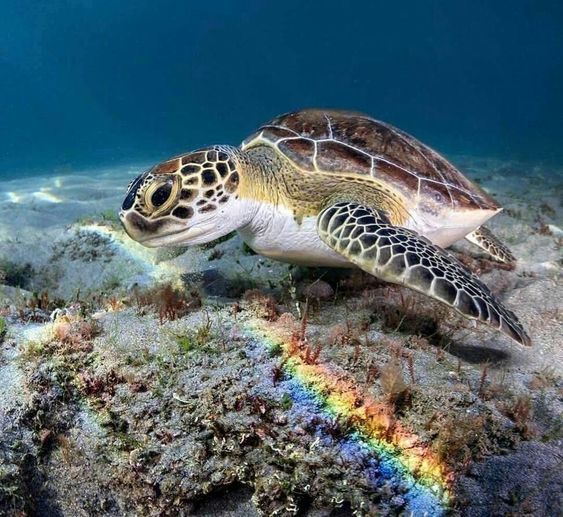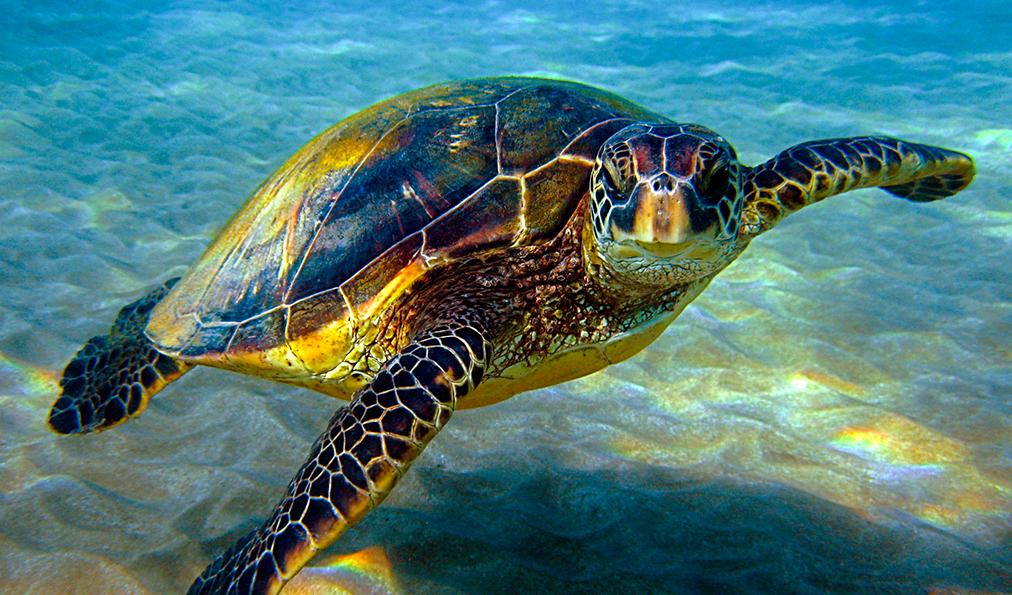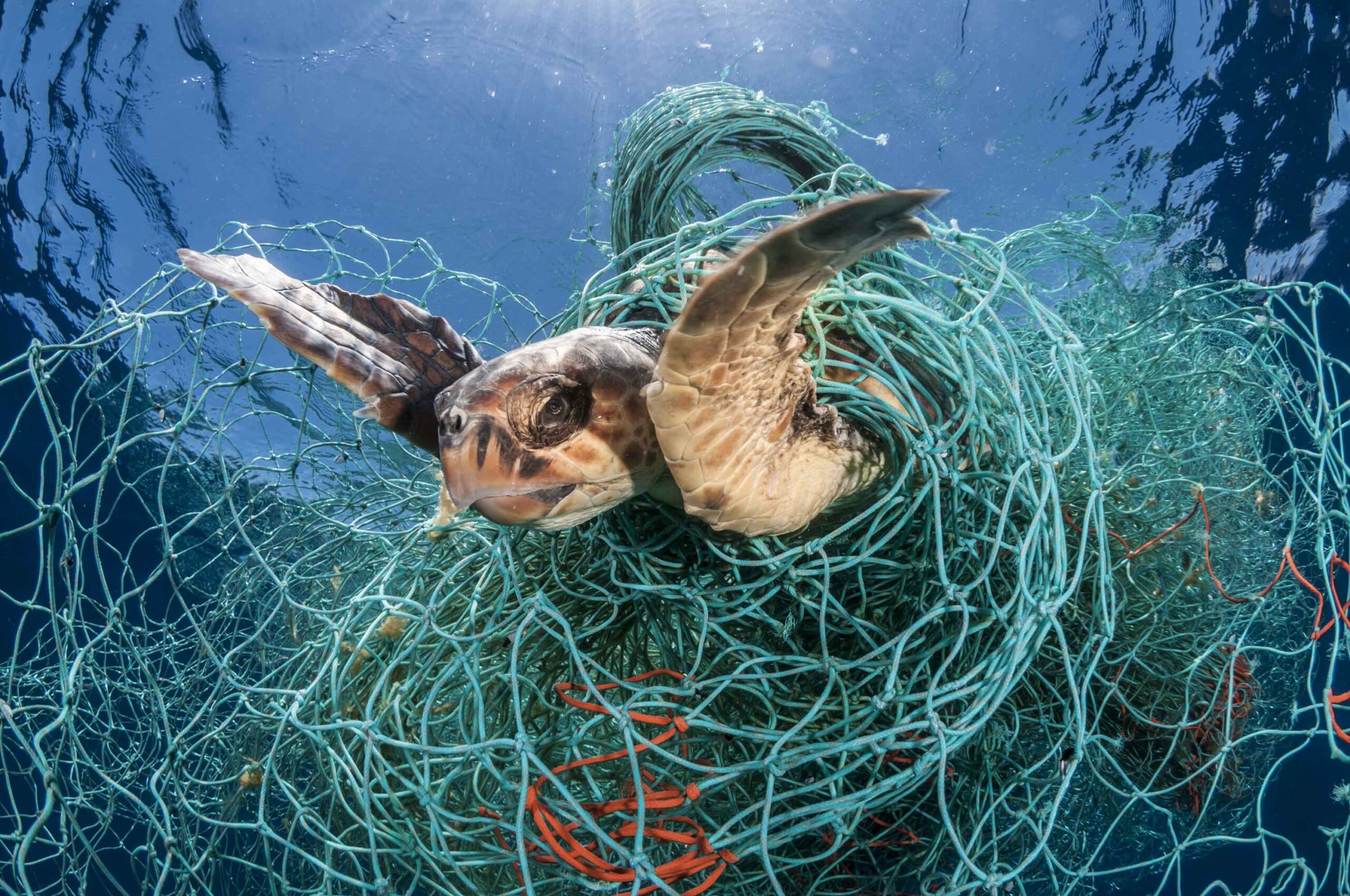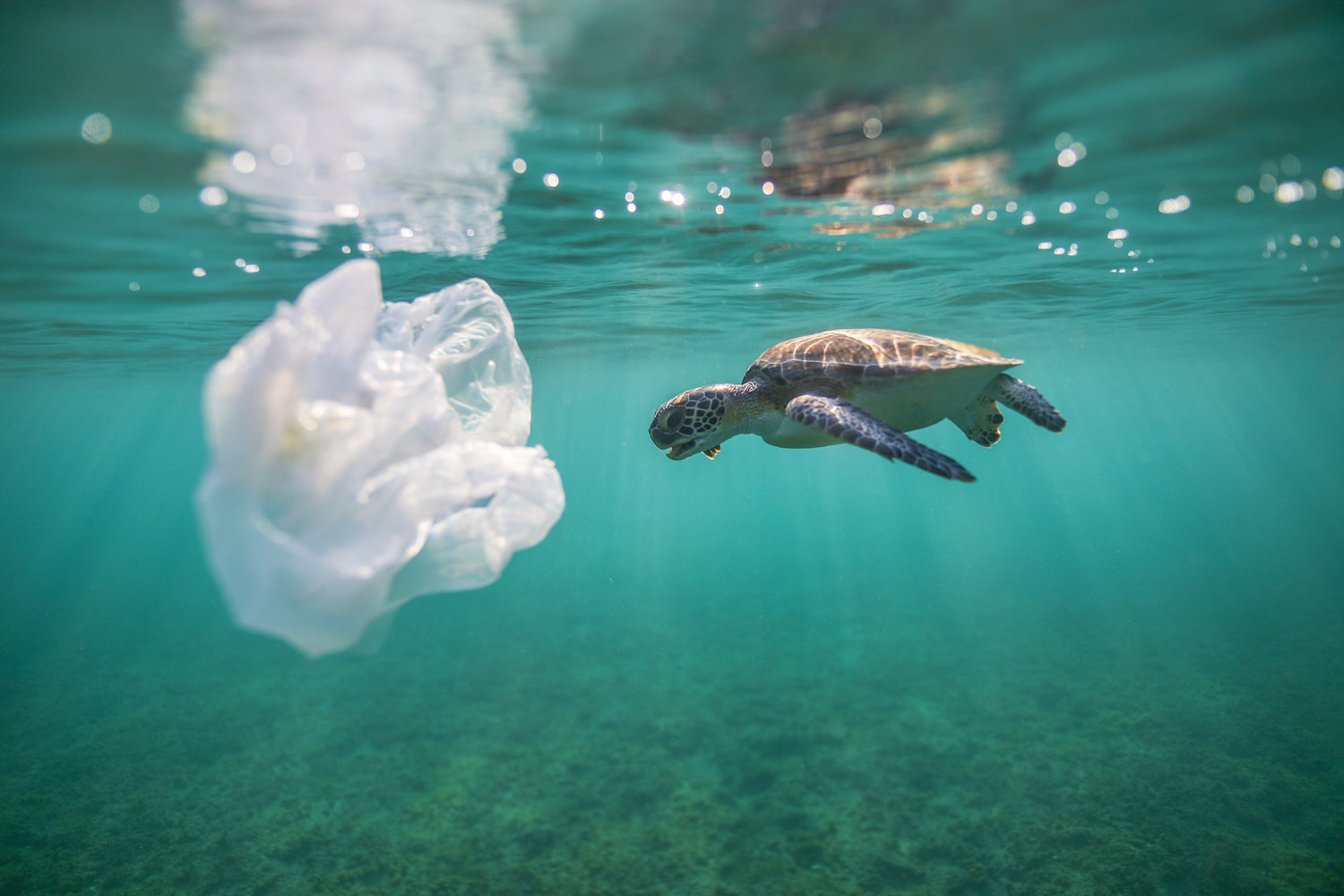Overall findings

The results presented here provide evidence that green and hawksbill turtles within this study are able to discriminate between red and blue. I did not find any evidence that the turtles had an easier time distinguishing the blue colour (x̄ = 97.75%) as compared to red (x̄ = 93.81%). Although this is a study with a limited sample size of only six turtles of two species, the results show that these individual animals were able to distinguish between the colours.
Similar results were reported before of no colour preference in loggerhead turtles where the colour (red, blue or yellow) of artificial prey items (simulated by coloured pouches) did not affect the biting behaviour of loggerhead turtles. No significant colour preference was also observed in Aldabra giant tortoises, where no significant group-level preference was observed, although some individual-level variation remained.
There are some reports within the literature that show turtles having a significant preference for blue colour. When turtle hatchlings were tested with multiple colours in a simple preference test where they were offered food on different coloured plates underwater (blue, yellow and red), the hatchlings prefer food on a blue background as they consistently chose it over other coloured backgrounds. A suggested explanation for this was that it is essential for the turtles’ survival to find contrast between the blue ocean and its prey items.

There was no distinct pattern observed in the learning speed between the two colour groups, however, no statistical analysis could be done to test for this. Research done with juvenile loggerhead turtles where they were trained using operant conditioning to discriminate between rewarded and non-rewarded colours suggests that the turtles learned the association between the rewarded colour and food quicker at short wavelengths (blue colour). A suggested explanation for this was a predisposed association of short wavelength reflecting objects with food objects since a large proportion of loggerheads’ diet are cnidarians and crustaceans, which are primarily blue or violet in colour.
Conservation applications

It has been previously found that the turtles’ attraction to different colours of chemiluminescent lightsticks, used in longline fishing varied, depending on the colour with blue/green being the most attractive. This could indicate that modifying the colours of these lightsticks could reduce turtle mortality as a result of bycatch.
Modifying bait is another approach to reduce turtle bycatch by dying the food items with different colours, potentially reducing the turtles’ interest in them. Although trials with captive individuals seemed promising, the results have not been successfully replicated in the field yet. A possible reason for that could be strong individual colour preferences, which make it difficult to find a colour that would be avoided by the turtle population in general.
Understanding colour vision capabilities of turtles could also help us determine if colour affects the type of marine debris the turtles so commonly ingest. Current research regarding this topic would suggest that turtles are selective and most often consume white/transparent and flexible items due to their similarity to jellyfish. Although, some studies report different results of turtles consuming mostly white, black, brown or green items which are either flexible or hard. Therefore, further research is needed to determine how much of the turtles’ preference for marine debris is dependent on species and location.

Limitations
Like with any other project, there were certain limitations. This project had a limited sample size partially due to the limited availability of suitable subjects and partially due to time constraints. The Oceanogràfic Valencia houses a number of turtles, however, some of them are rescued from the wild and housed in the rehabilitation centre for a limited time only before being released back into the wild. Initially, two turtles from the rehabilitation centre were included in the study, however, they did not respond well to the frequent interactions.
To ensure equal conditions and limit environmental factors which could skew the results, it would be ideal to place the turtles in identical individual tanks. That was not feasible in this case as some turtles were too large to be placed in such tanks. The constant movement of turtles back and forth from their tanks to the testing tanks could potentially cause them a large amount of stress and was therefore not an attainable solution. The conditions of the training and testing were equalized to the best of our abilities across all turtles; however, some differences did remain.
Due to time constraints and fewer feeding times (which reduced training opportunities), brightness was not controlled meaning that testing was not repeated with darker and lighter shades of red and blue. Within this study, the sample sizes were too small to statistically test for the effects of age. It was also not possible to test for any difference between the two species due to the unequal number of individuals per species. However, the results still clearly show that all individuals included in the study were able to discriminate between red and blue.
Conclusions
The behavioural testing done with both adult and juvenile green turtles and one adult hawksbill turtle has shown that they are able to discriminate between colours, in the least between blue and red. The results are a good entry point into further studies needed to better understand not only the visual abilities of marine turtles but gain more knowledge about this already endangered group of species that could in turn help us design new conservation techniques to reduce turtle bycatch mortality.
Go to Contact Information
Go to Downloads